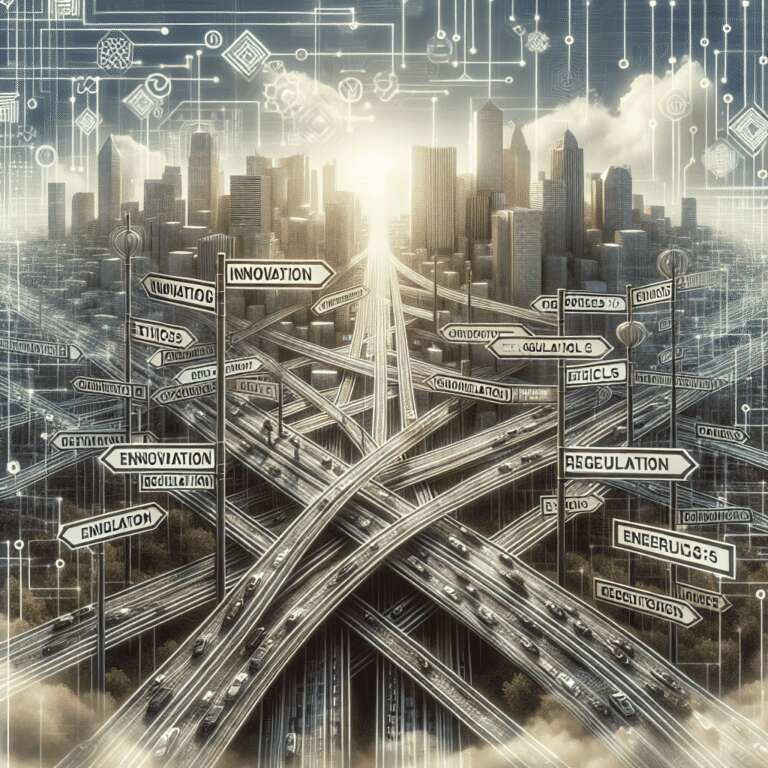Scientific American´s coverage of Artificial Intelligence delves into a wide range of topics, from the technology´s latest breakthroughs to the mounting societal and ethical questions it triggers. Recent stories spotlight emerging threats such as Xanthorox, a platform marketing itself as a tool for cybercrime, illustrating growing concerns over the ease of creating and distributing Artificial Intelligence systems for malicious purposes. Alongside, opinion pieces address existential risks—like whether Artificial Intelligence could threaten human extinction—using critical analysis to counter popular fears with scientific reasoning.
The publication also examines policy and regulatory developments, including the new U.S. rules for self-driving cars that facilitate wider testing and easier crash reporting. While heralded as a boost for innovation, these rule changes provoke criticism over potentially reduced safety oversight. On the frontier of technology and society, Scientific American raises questions about the authenticity of consciousness in chatbots and the emotional and ethical implications of ´griefbots´, which offer digital versions of deceased loved ones for grieving or remembrance, raising new concerns around privacy and ethics in digital immortality.
Innovation in Artificial Intelligence isn´t limited to human-focused endeavors. Google researchers are developing language models to facilitate communication with dolphins, broadening the horizons for interspecies interaction. The sector´s rapid expansion is also transforming infrastructure: data center energy use, currently 1.5% of global consumption, is forecasted to double by 2030 mainly due to Artificial Intelligence proliferation. At the same time, the field is seeing a shift toward smaller, more efficient, cost-effective models that rival established technological behemoths, prompting industry reports to mark 2024 as a pivotal year. Finally, contributors voice the urgency of making Artificial Intelligence systems more energy-efficient to avoid exacerbating the climate crisis, while educators consider how metaphors reflect students´ views of these technologies and influence public understanding.

